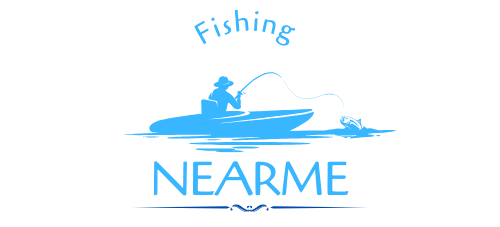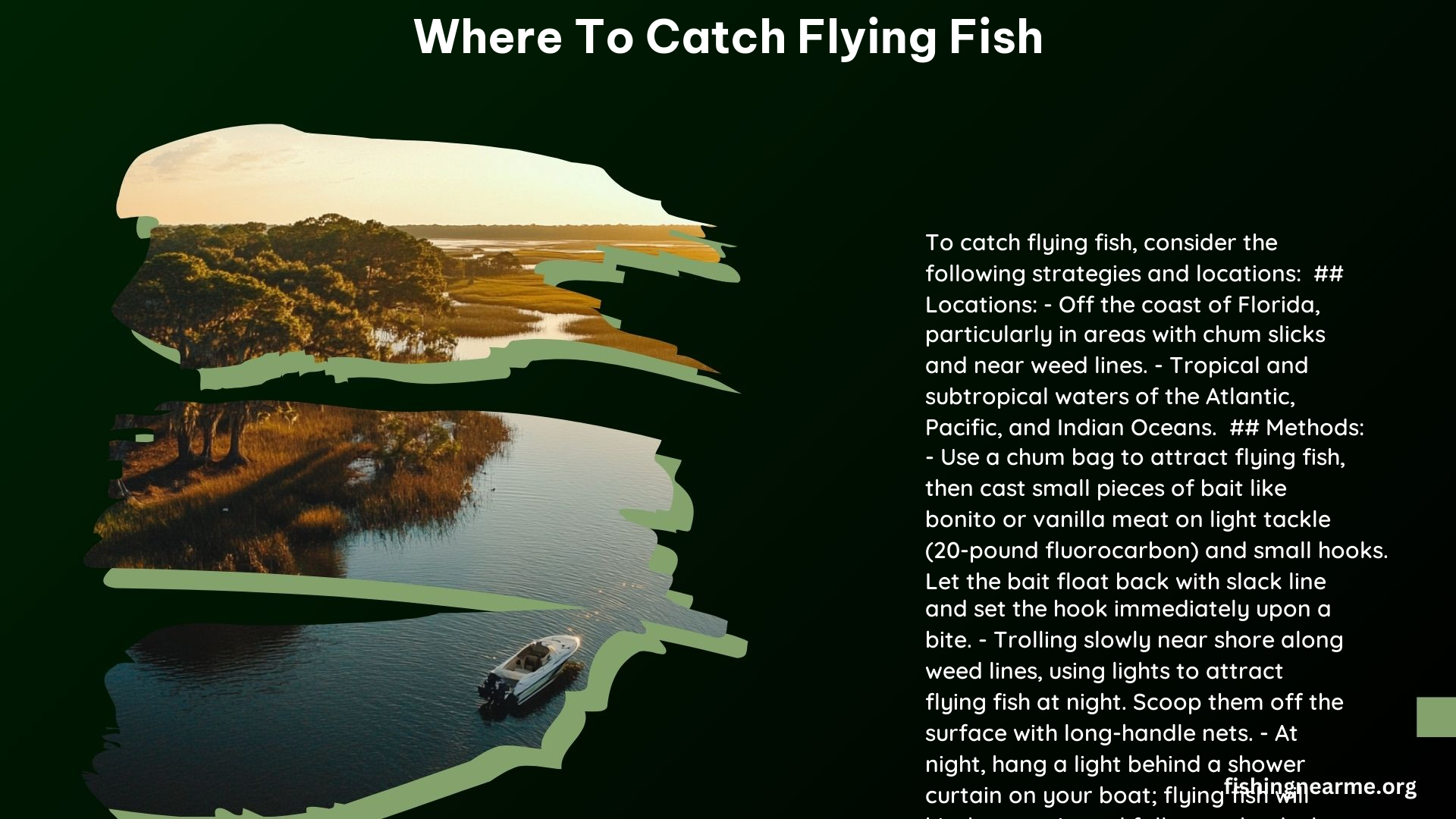Flying fish, known for their unique ability to glide above the water’s surface, are found in warm, tropical and subtropical waters worldwide. These fascinating creatures inhabit open oceans, making them a challenge and thrill for anglers to catch. This guide explores the best locations, techniques, and tips for catching flying fish, providing essential information for both novice and experienced fishermen seeking this extraordinary species.
Where Are the Best Spots to Catch Flying Fish?
Flying fish are primarily found in warm, open ocean waters. The top locations for catching these elusive creatures include:
- Caribbean Sea
- Gulf of Mexico
- Mediterranean Sea
- Indian Ocean
- Western Pacific Ocean
These areas offer ideal conditions for flying fish, with warm waters and abundant food sources.
When Is the Optimal Time to Catch Flying Fish?
The best time to catch flying fish depends on several factors:
- Season: Summer months typically offer the best opportunities
- Time of Day: Early morning or late afternoon when flying fish are most active
- Water Temperature: Ideal range is between 75°F to 85°F (24°C to 29°C)
What Equipment Do You Need for Flying Fish?
To successfully catch flying fish, you’ll need:
- Light to medium spinning rod and reel
- 10-20 lb test monofilament line
- Small hooks (size 6-8)
- Light wire leaders
- Artificial lures (small jigs, spoons, or flies)
- Dip net for scooping fish out of the water
How Do You Locate Flying Fish?
Finding flying fish requires patience and keen observation:
- Look for ripples on the water’s surface
- Watch for schools of small fish jumping out of the water
- Scan the horizon for birds diving into the water
- Use fish finders to locate schools beneath the surface
What Techniques Work Best for Catching Flying Fish?
Several effective techniques can increase your chances of catching flying fish:
- Trolling: Slowly drag lures behind a moving boat
- Chumming: Attract flying fish by throwing small bait into the water
- Night Fishing: Use lights to attract flying fish after dark
- Dip Netting: Scoop up flying fish as they glide near the boat
Are There Any Special Considerations for Flying Fish Fishing?
When fishing for flying fish, keep in mind:
- Safety: Be cautious of flying fish jumping into the boat
- Conservation: Practice catch and release when possible
- Regulations: Check local fishing laws and obtain necessary permits
What Are the Challenges of Catching Flying Fish?
Catching flying fish presents unique challenges:
- Their ability to glide above water makes them difficult to hook
- They often travel in large schools, making individual targeting challenging
- Their small size requires precise casting and quick reflexes
How Can You Prepare Flying Fish for Consumption?
If you plan to eat your catch, follow these steps:
- Clean the fish immediately after catching
- Remove scales and gut the fish
- Fillet or prepare whole, depending on preference
- Cook using methods like frying, grilling, or baking
What Are Some Popular Flying Fish Recipes?
Flying fish can be prepared in various delicious ways:
- Barbados-style fried flying fish
- Japanese flying fish sushi
- Grilled flying fish with herbs
- Flying fish ceviche
Are There Guided Tours for Flying Fish Fishing?
Many coastal areas offer guided tours for flying fish fishing:
- Caribbean islands like Barbados and Tobago
- Coastal regions of Japan
- Some Mediterranean coastal towns
These tours often provide equipment and expert guidance for catching flying fish.
What Conservation Efforts Exist for Flying Fish?
Flying fish play a crucial role in marine ecosystems. Conservation efforts include:
- Sustainable fishing practices
- Research on population dynamics
- Protection of breeding grounds
- Regulation of commercial fishing
By following responsible fishing practices, anglers can help preserve flying fish populations for future generations.
References:
1. FAO Fisheries & Aquaculture – Flying fishes
2. NOAA Fisheries – Flying Fish
3. Barbados Tourism – Flying Fish

